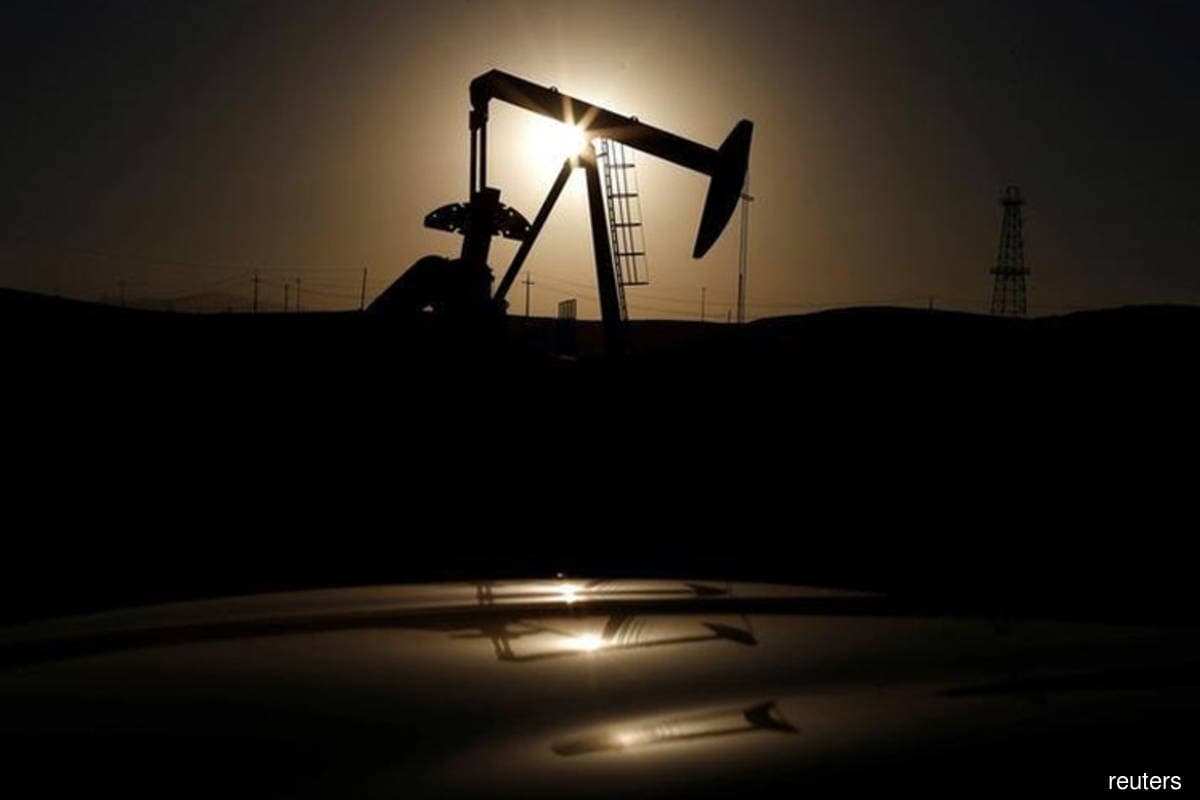
KUALA LUMPUR (June 11): Seismic activity in the US’ key oil producing regions reveals that the number of noticeable earthquakes has been increasing year after year since 2017.
According to Norway-based independent energy research and business intelligence company Rystad Energy, tremors of above the magnitude of 2.0 on the Richter scale quadrupled in 2020 and are on track to increase even further in frequency in 2021 if oil and gas (O&G) activity sticks to its current drilling methods at the same pace.
In a statement yesterday, Rystad said its research, which examined data from Oklahoma, Texas, Louisiana and New Mexico, showed that earthquakes of above the given magnitude accumulated to a count of 242 in 2017, growing to 491 in 2018, 686 in 2019 and 938 in 2020.
It said around 570 such tremors were recorded through the first five months of 2021, meaning there may be a new record this year if the trend continues.
The firm said the trend appears to be moving not only to more frequent, but also larger events.
It said so far this year, there have already been 11 individual seismic events of magnitude 3.5 or greater, which can certainly be felt but may not cause any damage, a worrying sign compared to just six such events annually in 2018 and 2019, and 14 events in 2020.
Rystad said the biggest O&G industry contributor to seismic activity is by far saltwater disposal through underground injections, and the volume of disposed water climbed sharply from 2011 through 2019 before tapering off a little in 2020 due to lower activity caused by the Covid-19 pandemic.
It said while the US onshore sector’s water disposal in 2011 was limited to 7.7 billion barrels, the volume quickly built up over the next years to around 10 billion barrels between 2014 and 2017.
In 2018, disposed volume reached 11.5 billion barrels, and in 2019 about 12.4 billion barrels, before retreating to 11.3 billion barrels in 2020, it said.
Rystad shale analyst Ryan Hassler said to maintain water disposal at 2020 levels and offset its coming growth, the amount of water that is treated and recycled must instead grow going forward and the cost of doing that could accumulate to above US$1 billion (about RM4.12 billion) annually for O&G producers.
“The costs can vary per region, but the Permian Basin has very competitive economics compared to other areas,” he said.
